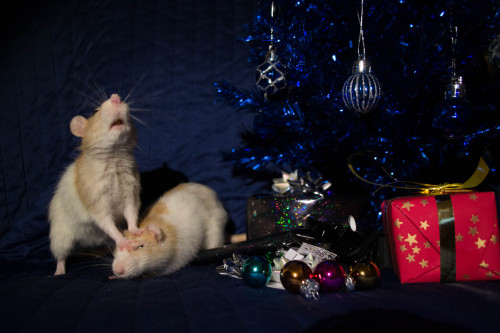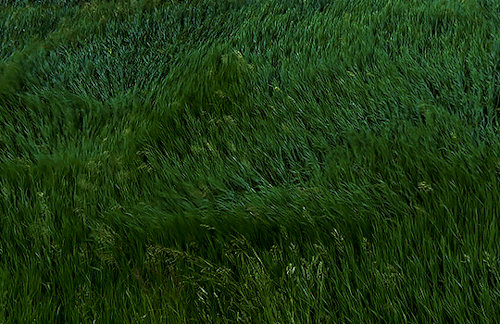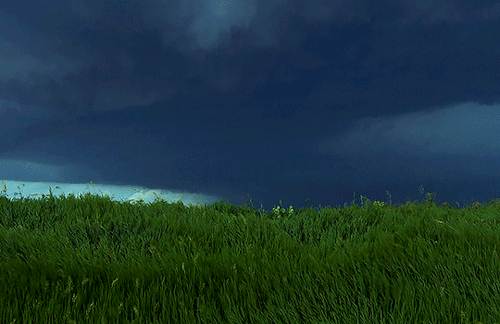Zlibrary Gone... FUCK TIKTOK FUCK BOOKTOK I Hope That App Burns In Hell
zlibrary gone... FUCK TIKTOK FUCK BOOKTOK I hope that app burns in hell
More Posts from Its-mistakeboi and Others
lay all your troubles here night time bagel schmear
Put your soul at ease late night bagel cream cheese

Next time you make a grilled cheese sandwich, instead of cooking it in butter, try inventing a special glue that lets you walk up and down any surface

Our favorite photo from when I was trying to get a Christmas-card worthy photo.






Art by 桃子桃子君丶
a fun fact about springhares: they glow pink under UV light! scientists speculate it's possible predators may be UV-sensitive, but also contend it could be a big evolutionary accident.

(Image credit: Olson et al., doi: 10.1038/s41598-021-83588-0)
Another such rodent that glows for some??? reason is the Southern Flying Squirrel (Glaucomys volans)

(Image credit: Lee H. Rentz)


russian art doll lookin thang


Planet Earth II (2016) Episode 05 “Grasslands” Directed by Chadden Hunter


Autumn in Northern Mongolia
Autumn arrived in a blaze of color in north-central Mongolia. The montane forests surrounding Lake Hövsgöl, the country’s largest lake by volume, took on golden hues in late September 2024, while high mountain ridges nearby sported a layer of bright white snow.
At an elevation of 1,645 meters (5,397 feet), Lake Hövsgöl (also known as Khuvsgul and Khövsgöl) sits at the foot of the eastern Sayan Mountains, near the border with Russia. Along with shrubs and grasslands, forests consisting primarily of Siberian larch (Larix sibirica) blanket the hills around the lake. Larches are deciduous conifer trees, meaning that they have cones and needles like conifers, but they change color and drop their needles in the fall like deciduous trees.
The result of this seasonal transformation was captured by the OLI (Operational Land Imager) on Landsat 8 on September 26 (above, right). For comparison, an image acquired about one month earlier by the OLI-2 on Landsat 9 (left) shows much greener vegetation.

Lake Hövsgöl, which has existed for over 2 million years, is one of the world’s ancient lakes. It measures approximately 137 kilometers (85 miles) from north to south and is an important water resource for Central Asia, holding about three-quarters of Mongolia’s freshwater. Researchers have described the lake as “near-pristine,” with minimal development in its watershed. Its waters are oligotrophic, or low in nutrients, and very clear. The only outlet from Lake Hövsgöl ultimately feeds into the much older and larger Lake Baikal, about 200 kilometers (125 miles) to the east.
Fall is a relatively short season in this part of northern Mongolia. Ice can start to form on Lake Hövsgöl as early as November and persist into June. Reaching thicknesses up to 1.5 meters (5 feet), the ice once supported truck routes across the lake. Driving on the ice has been prohibited for decades due to environmental concerns, and efforts are underway to retrieve vehicles that sank while attempting the crossing.
NASA Earth Observatory images by Wanmei Liang, using Landsat data from the U.S. Geological Survey. Story by Lindsey Doermann.


Millipede under UV light. Many species of arthropods fluoresce, or glow, under ultraviolet light due to due to fluorescent compounds in their exoskeletons. At least one millipede genus, motyxia, is actually bioluminescent, meaning it can produce light on its own.
🐛 b.seahphotography on IG
-
 jazzie3325 liked this · 1 week ago
jazzie3325 liked this · 1 week ago -
 twistcdnerve reblogged this · 1 week ago
twistcdnerve reblogged this · 1 week ago -
 fabraywest reblogged this · 1 week ago
fabraywest reblogged this · 1 week ago -
 inkstainsonpages reblogged this · 1 week ago
inkstainsonpages reblogged this · 1 week ago -
 inkstainsonpages liked this · 1 week ago
inkstainsonpages liked this · 1 week ago -
 mutlishipperfangirl reblogged this · 1 week ago
mutlishipperfangirl reblogged this · 1 week ago -
 mutlishipperfangirl reblogged this · 1 week ago
mutlishipperfangirl reblogged this · 1 week ago -
 majestichotel reblogged this · 1 week ago
majestichotel reblogged this · 1 week ago -
 itsleapfrog liked this · 1 week ago
itsleapfrog liked this · 1 week ago -
 hannimals liked this · 1 week ago
hannimals liked this · 1 week ago -
 queen-saltyfries reblogged this · 1 week ago
queen-saltyfries reblogged this · 1 week ago -
 elementwalker liked this · 1 week ago
elementwalker liked this · 1 week ago -
 sunnysspamdungeon reblogged this · 1 week ago
sunnysspamdungeon reblogged this · 1 week ago -
 amethystamaranth liked this · 1 week ago
amethystamaranth liked this · 1 week ago -
 linnie-la91 liked this · 1 week ago
linnie-la91 liked this · 1 week ago -
 poivreetceldemer reblogged this · 1 week ago
poivreetceldemer reblogged this · 1 week ago -
 poivreetceldemer liked this · 1 week ago
poivreetceldemer liked this · 1 week ago -
 these-emo-thoughts reblogged this · 1 week ago
these-emo-thoughts reblogged this · 1 week ago -
 these-emo-thoughts liked this · 1 week ago
these-emo-thoughts liked this · 1 week ago -
 objectivelyimpermanent liked this · 1 week ago
objectivelyimpermanent liked this · 1 week ago -
 bookwormwithadhd reblogged this · 1 week ago
bookwormwithadhd reblogged this · 1 week ago -
 bookwormwithadhd liked this · 1 week ago
bookwormwithadhd liked this · 1 week ago -
 procrazedfan liked this · 1 week ago
procrazedfan liked this · 1 week ago -
 terrific-togekiss reblogged this · 1 week ago
terrific-togekiss reblogged this · 1 week ago -
 hiawinsteam liked this · 1 week ago
hiawinsteam liked this · 1 week ago -
 epicureanknight reblogged this · 1 week ago
epicureanknight reblogged this · 1 week ago -
 gingeralej liked this · 1 week ago
gingeralej liked this · 1 week ago -
 zsofiarosebud liked this · 1 week ago
zsofiarosebud liked this · 1 week ago -
 multi-trashqueen reblogged this · 1 week ago
multi-trashqueen reblogged this · 1 week ago -
 multi-trashqueen liked this · 1 week ago
multi-trashqueen liked this · 1 week ago -
 offroadkantapon liked this · 1 week ago
offroadkantapon liked this · 1 week ago -
 liankuea reblogged this · 1 week ago
liankuea reblogged this · 1 week ago -
 fan-fricking-fiction liked this · 1 week ago
fan-fricking-fiction liked this · 1 week ago -
 untilufallasleep liked this · 2 weeks ago
untilufallasleep liked this · 2 weeks ago -
 sapphirablue liked this · 2 weeks ago
sapphirablue liked this · 2 weeks ago -
 guidekantapon reblogged this · 2 weeks ago
guidekantapon reblogged this · 2 weeks ago -
 hello-n-goodbye reblogged this · 2 weeks ago
hello-n-goodbye reblogged this · 2 weeks ago -
 hello-n-goodbye liked this · 2 weeks ago
hello-n-goodbye liked this · 2 weeks ago -
 buggiesbubz liked this · 2 weeks ago
buggiesbubz liked this · 2 weeks ago -
 chinko-kun liked this · 2 weeks ago
chinko-kun liked this · 2 weeks ago -
 theunemployedrogue liked this · 2 weeks ago
theunemployedrogue liked this · 2 weeks ago -
 morganandthemoon reblogged this · 2 weeks ago
morganandthemoon reblogged this · 2 weeks ago -
 arumine reblogged this · 2 weeks ago
arumine reblogged this · 2 weeks ago -
 eume reblogged this · 2 weeks ago
eume reblogged this · 2 weeks ago -
 slowlyrusting reblogged this · 2 weeks ago
slowlyrusting reblogged this · 2 weeks ago -
 slowlyrusting liked this · 2 weeks ago
slowlyrusting liked this · 2 weeks ago -
 augustsgrass liked this · 2 weeks ago
augustsgrass liked this · 2 weeks ago
